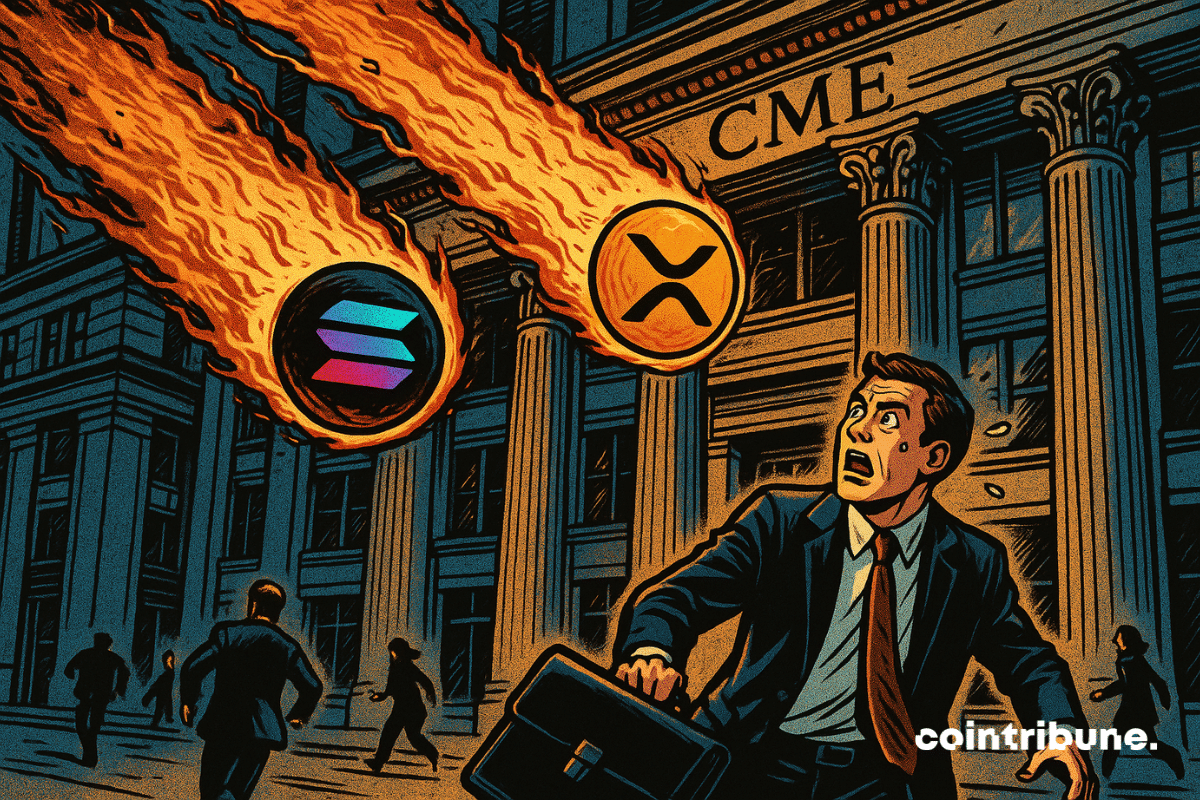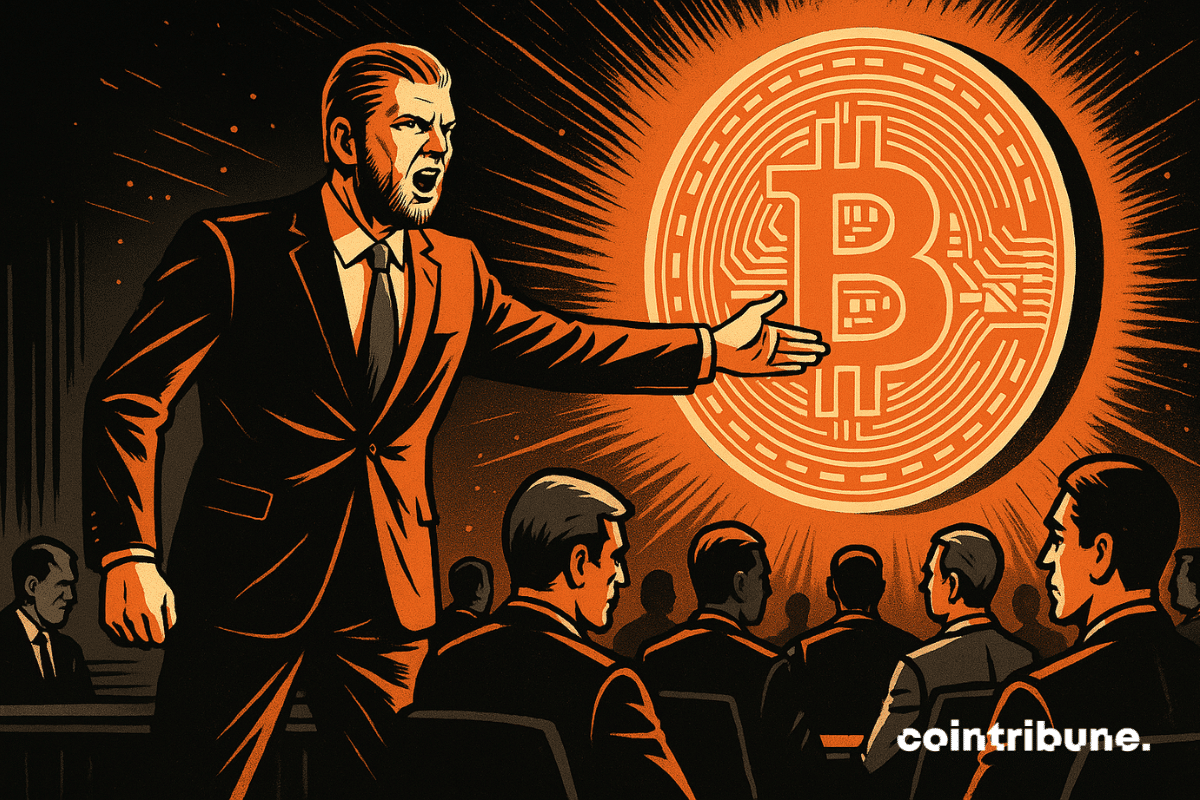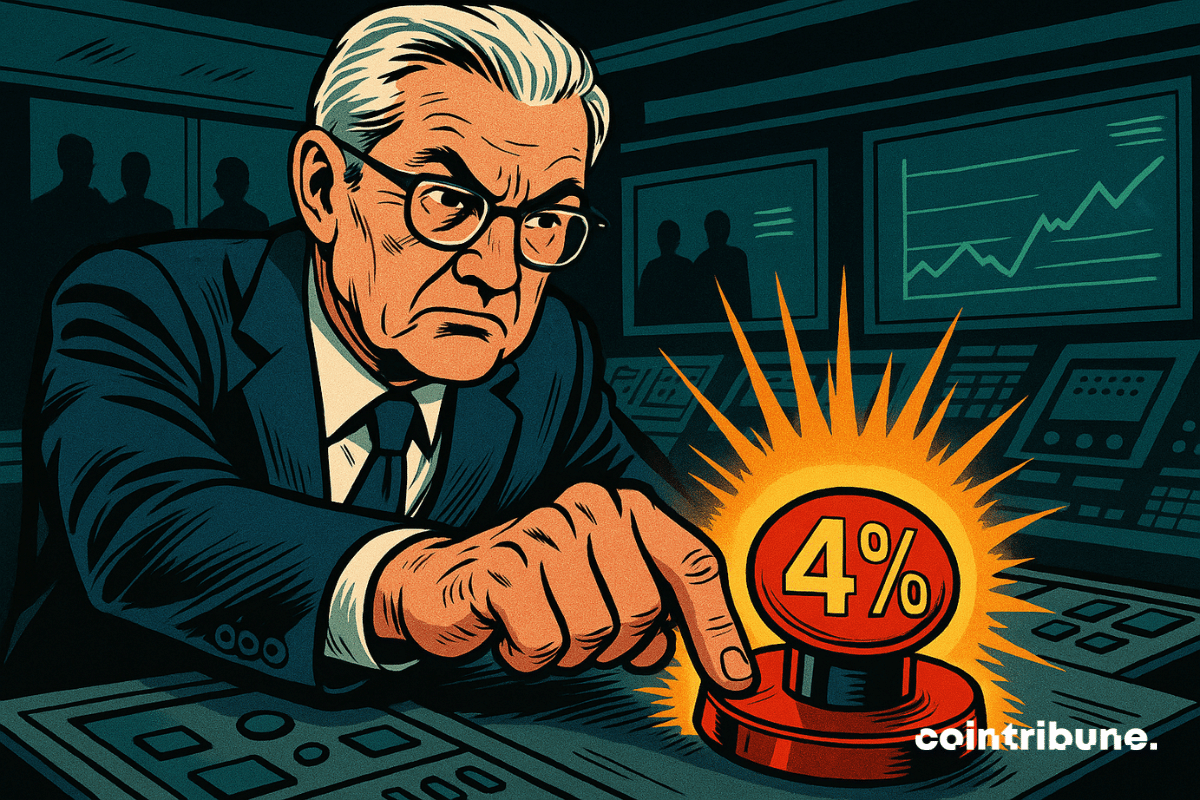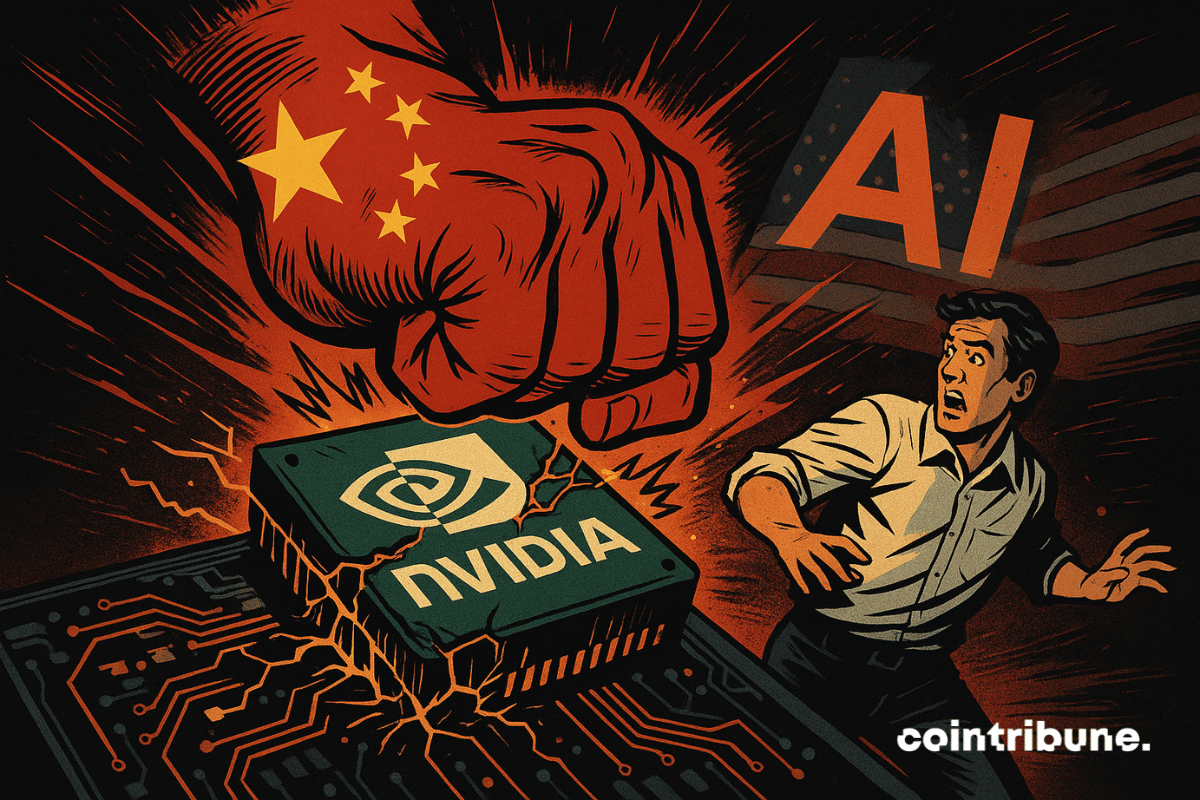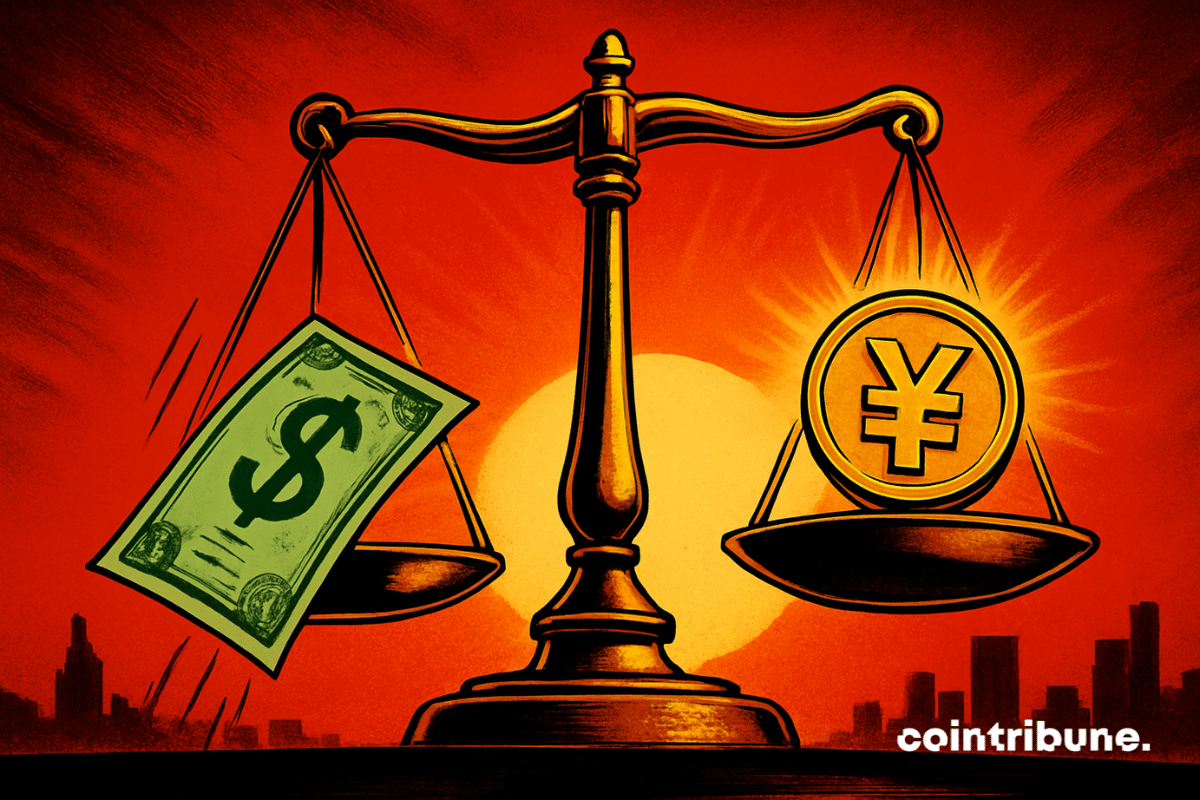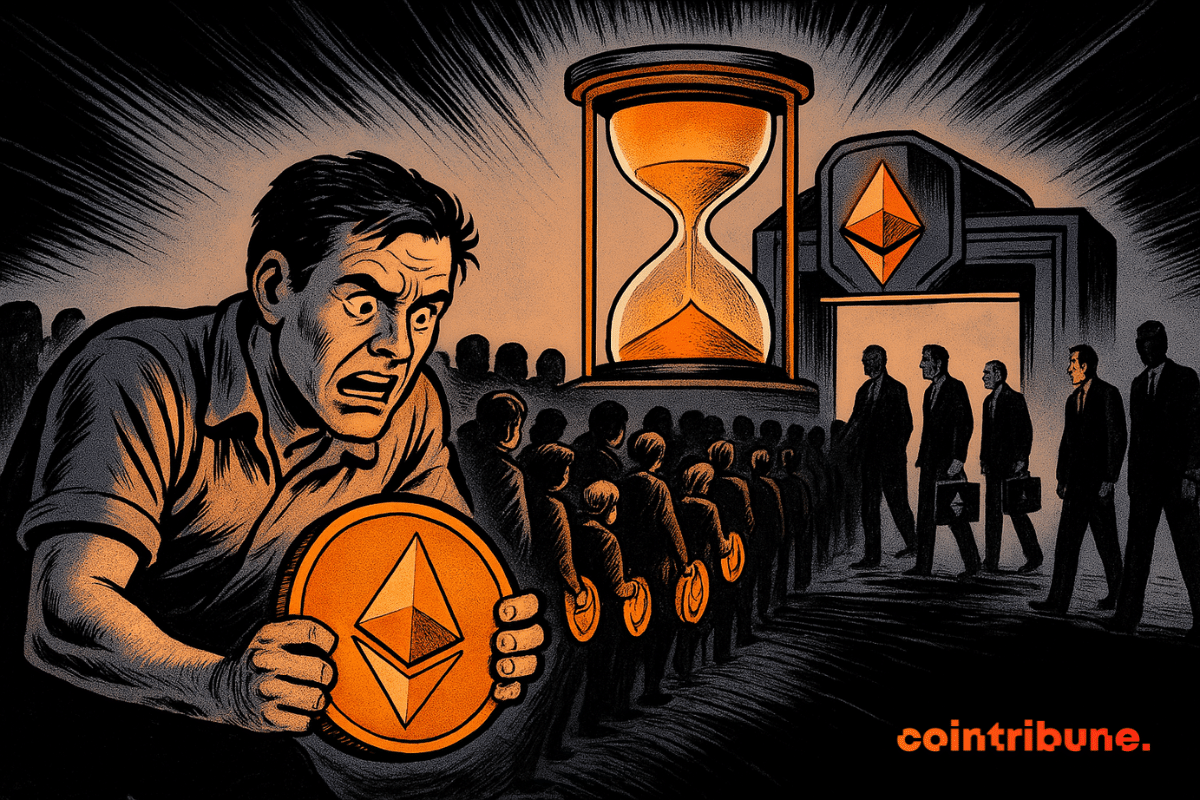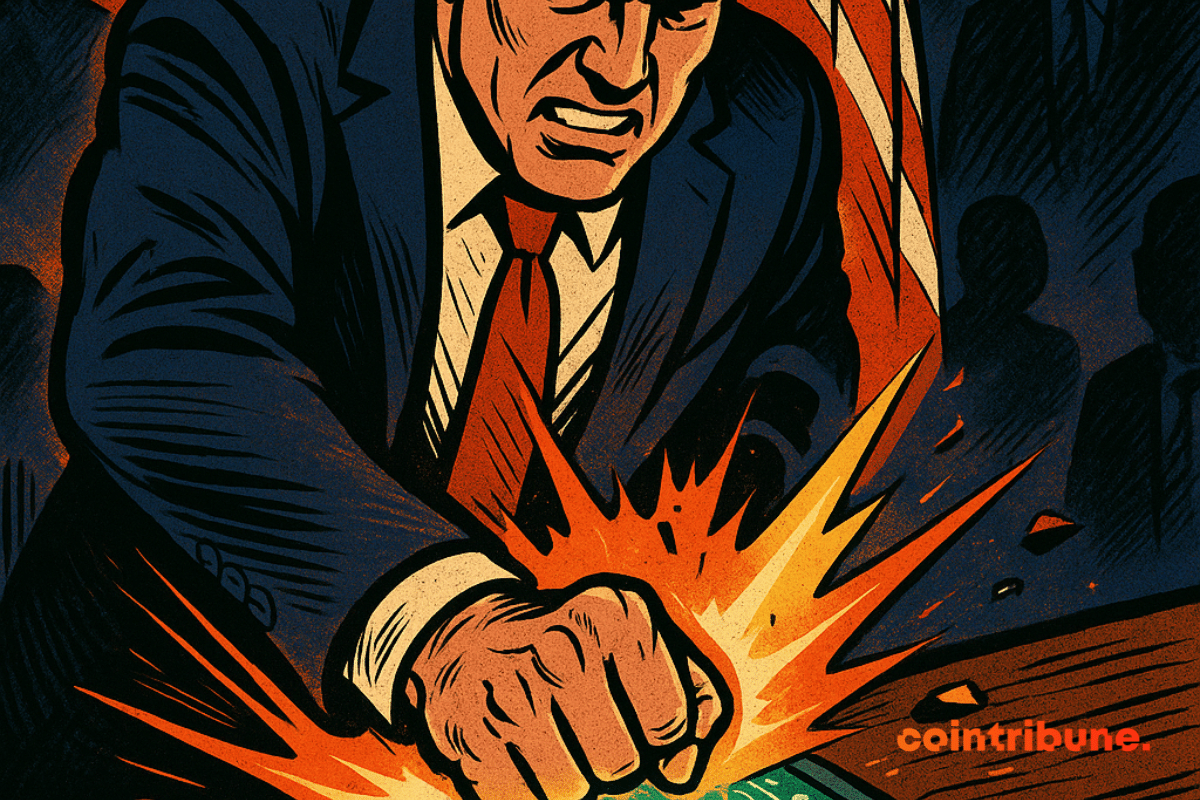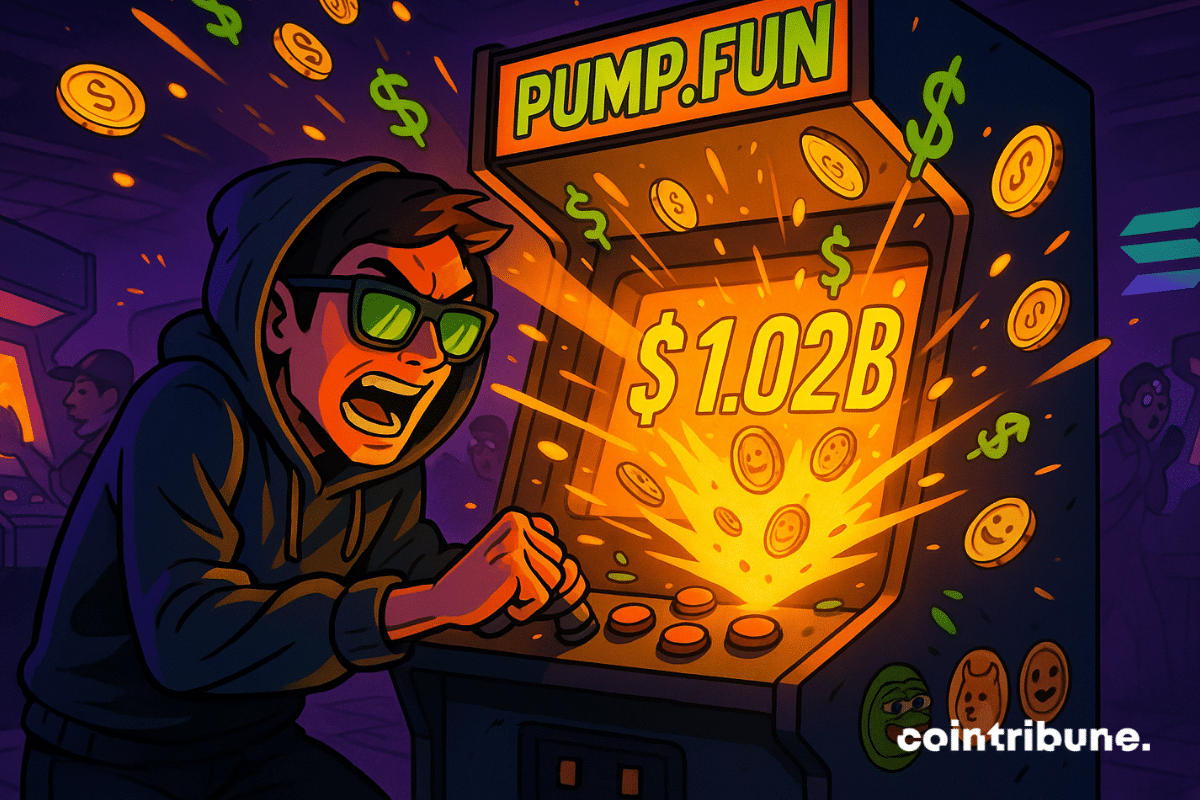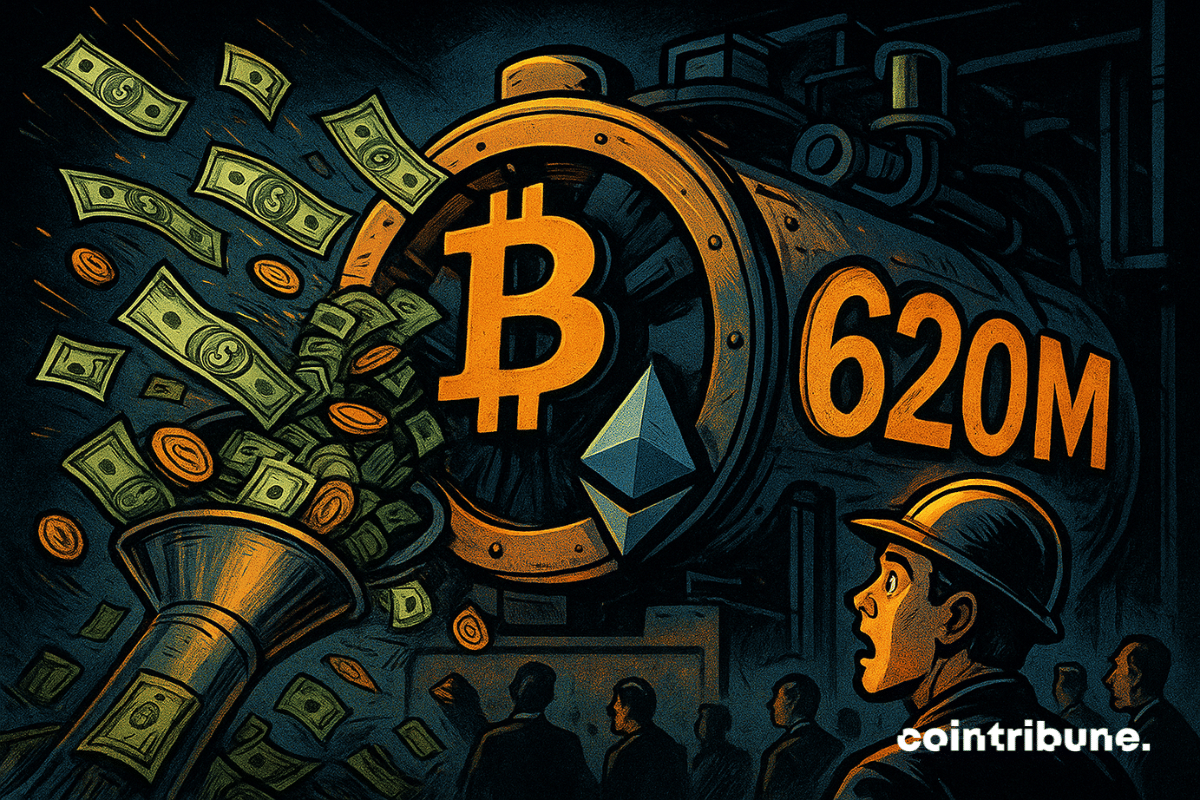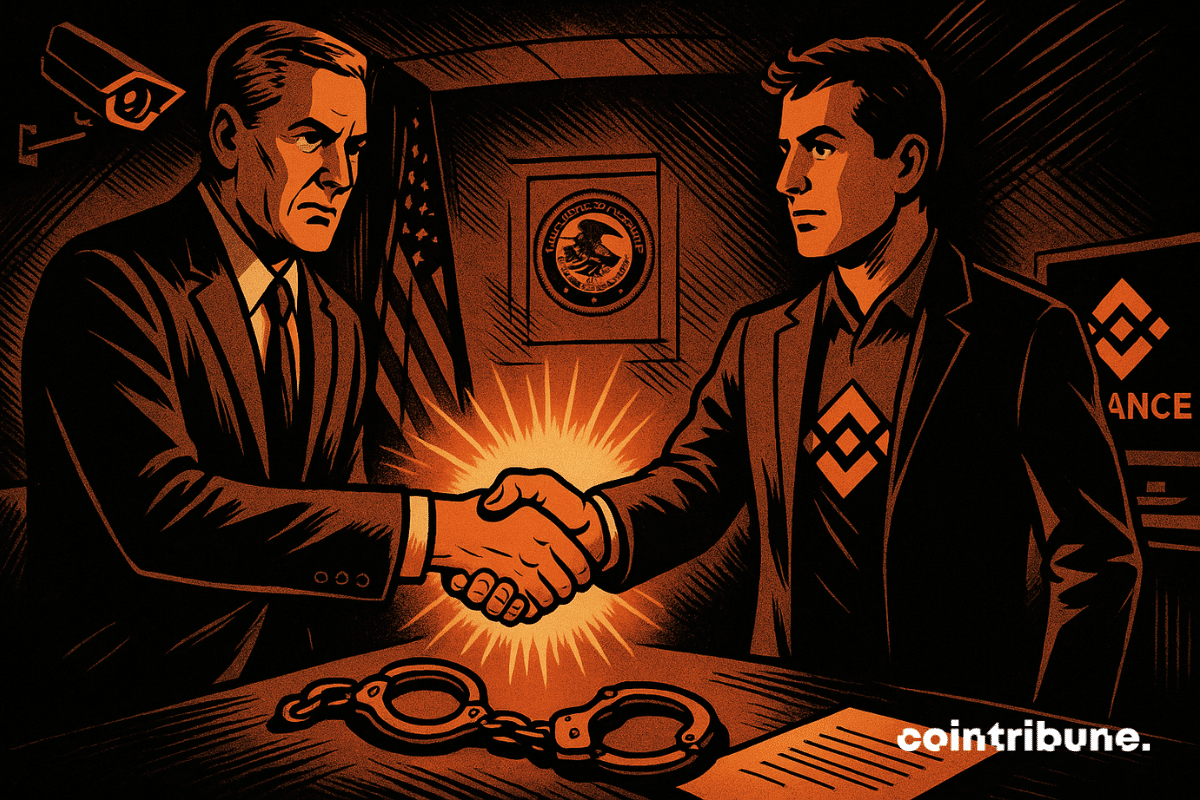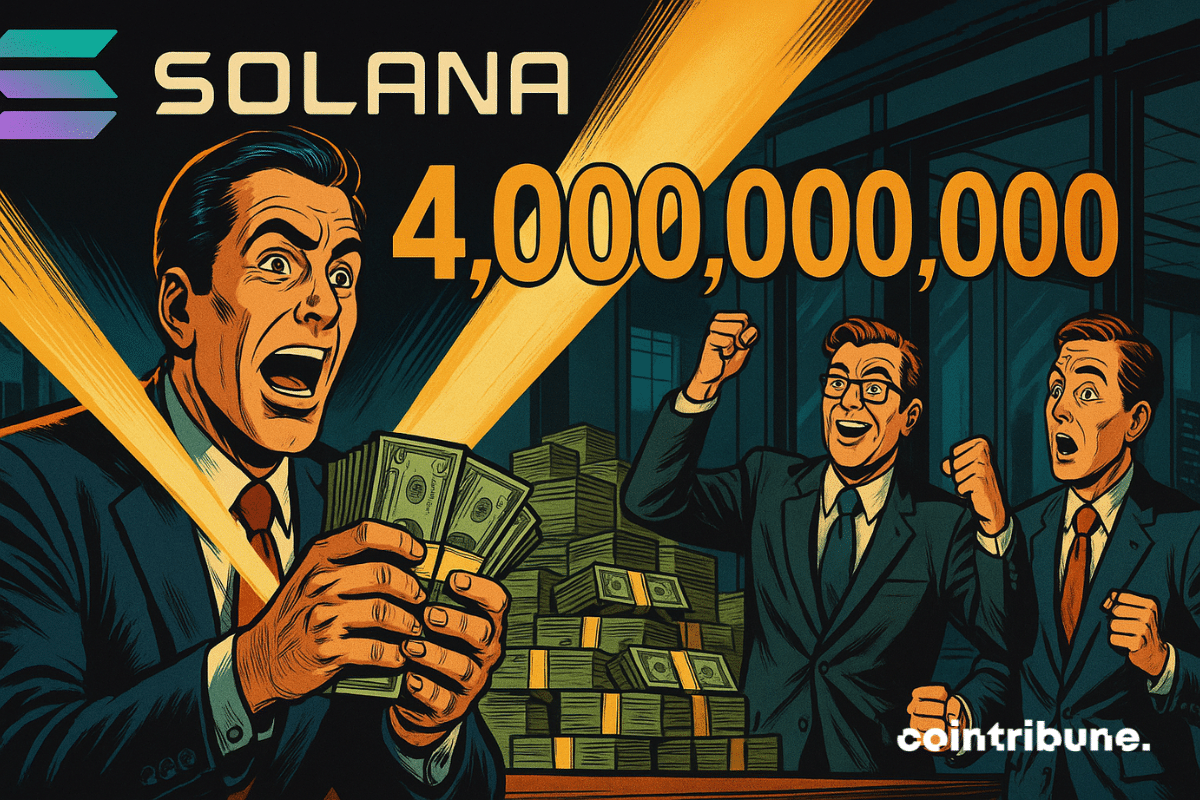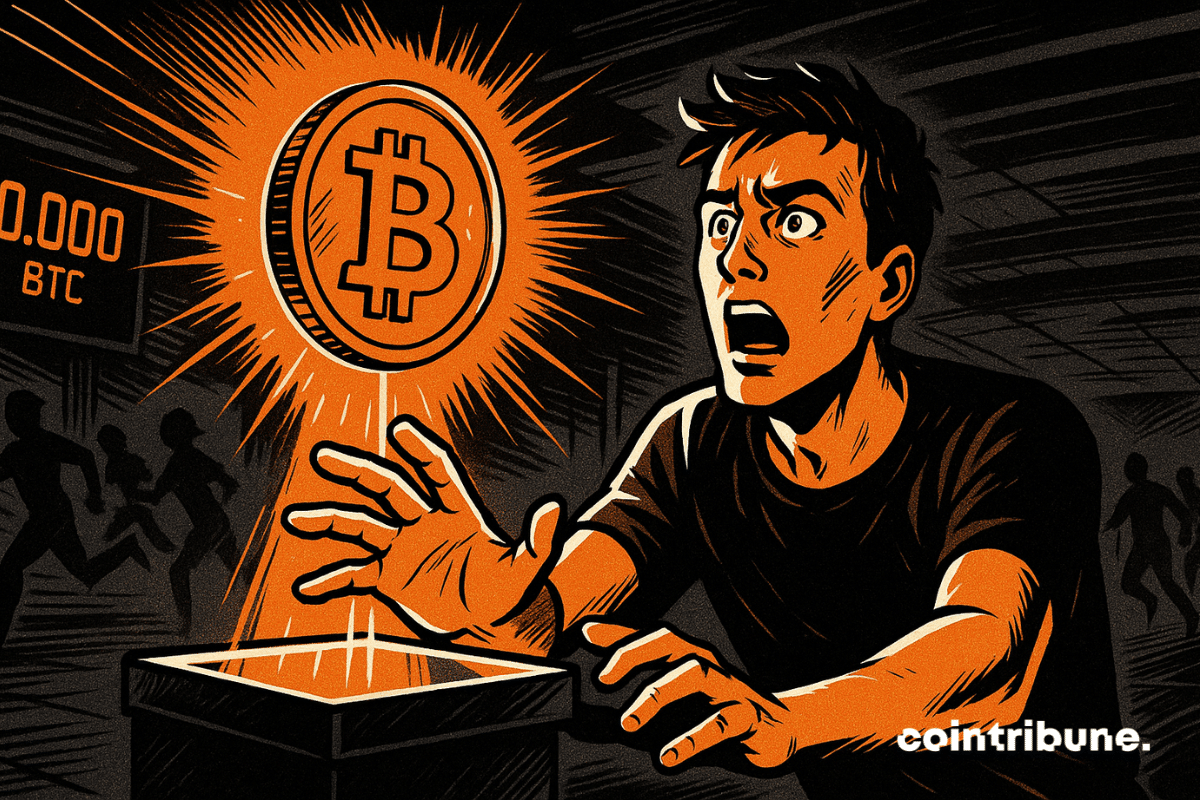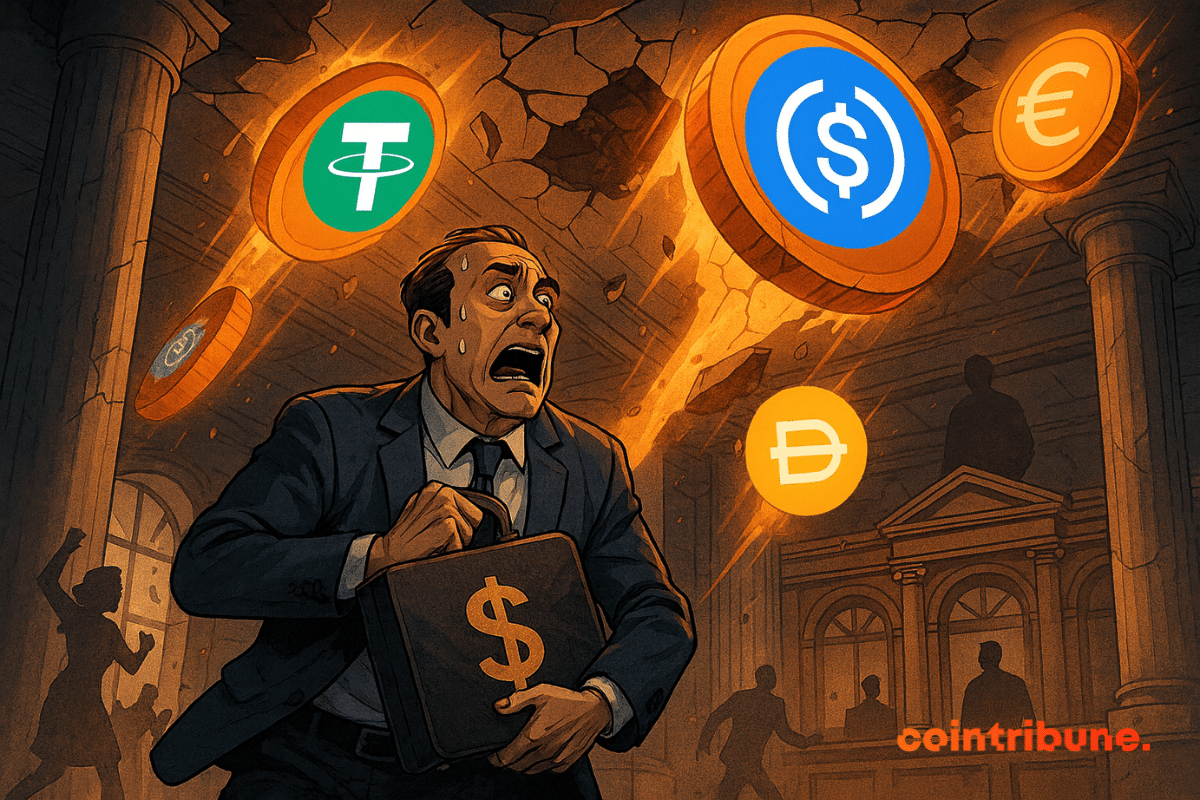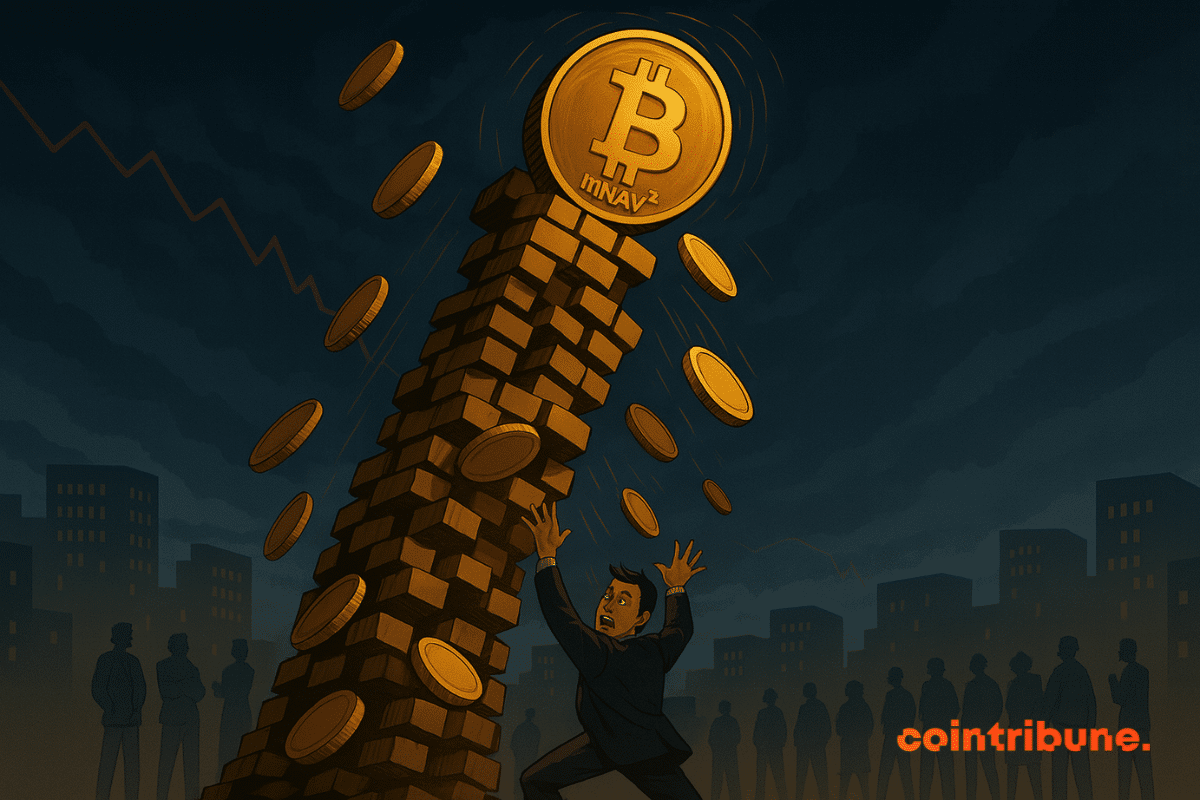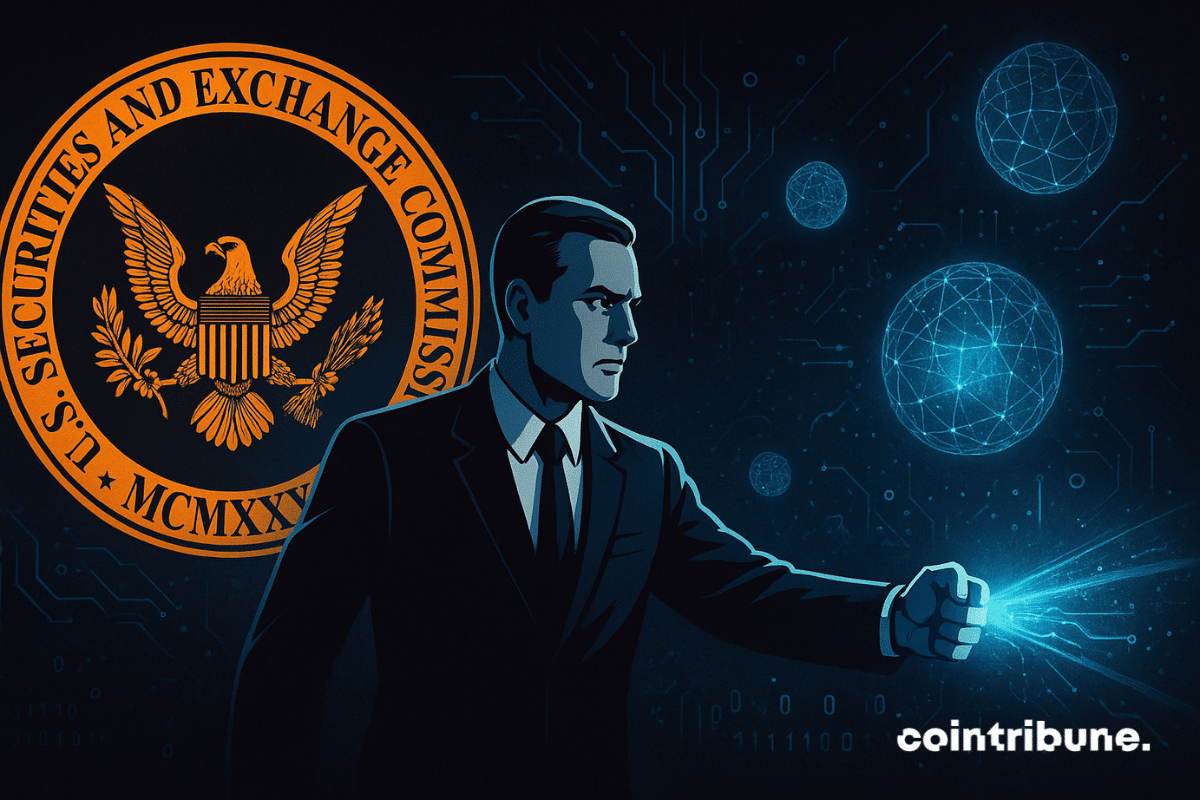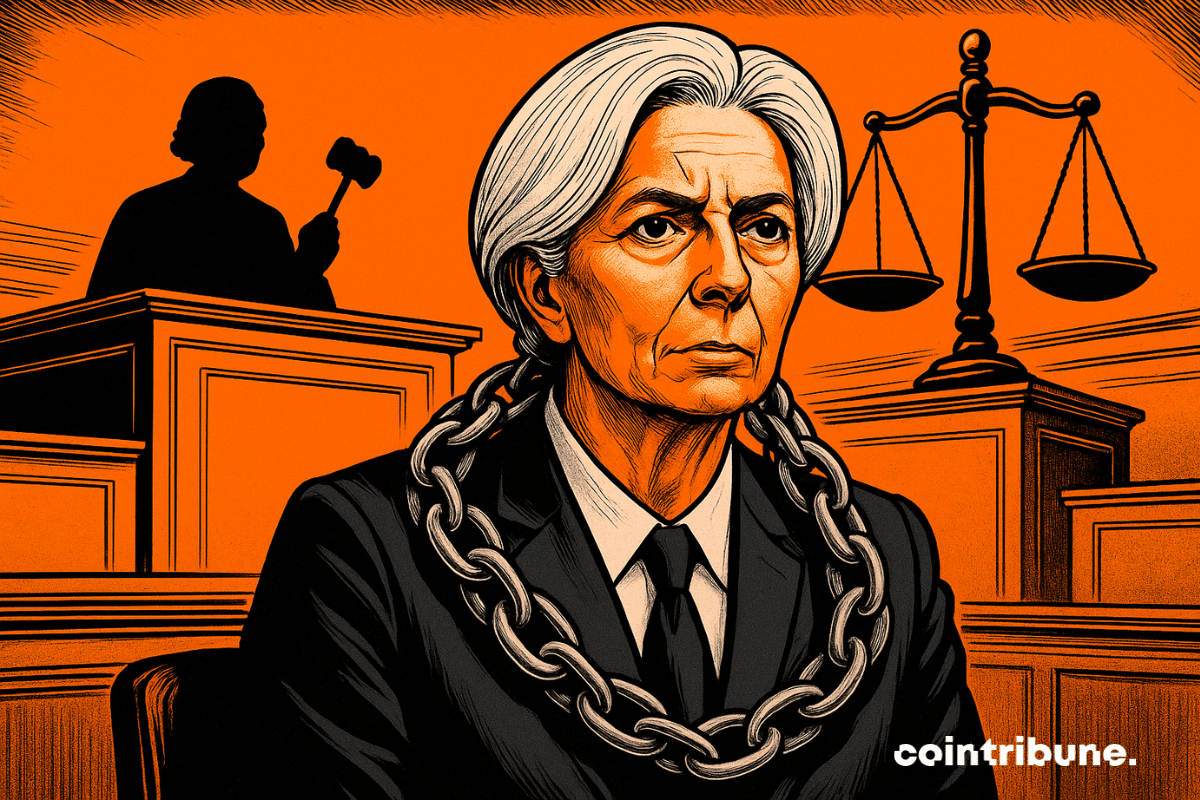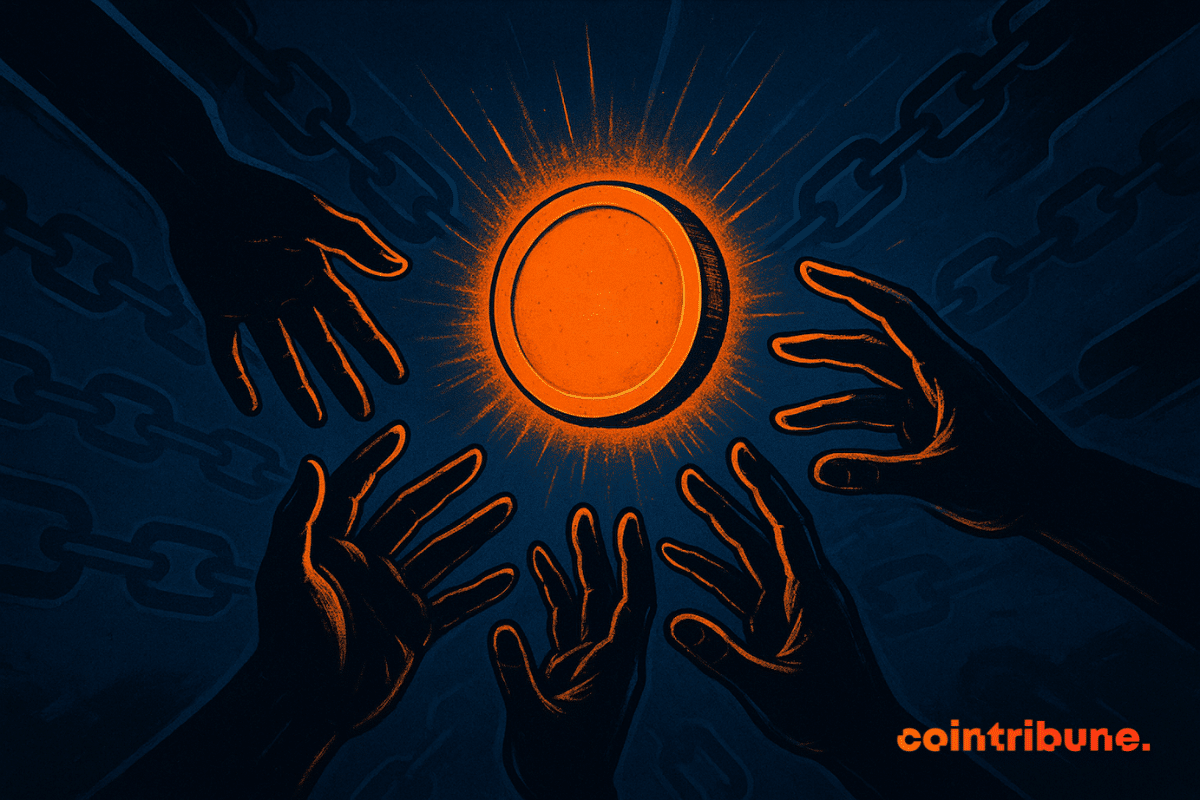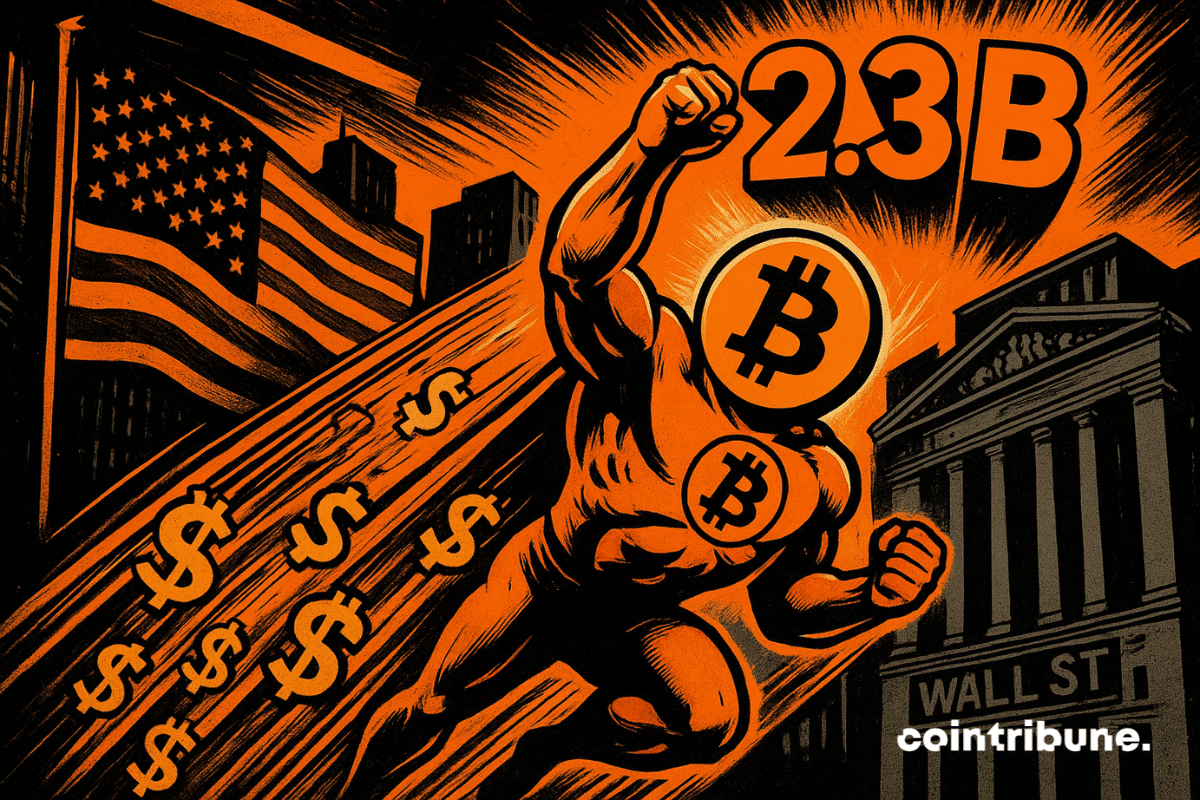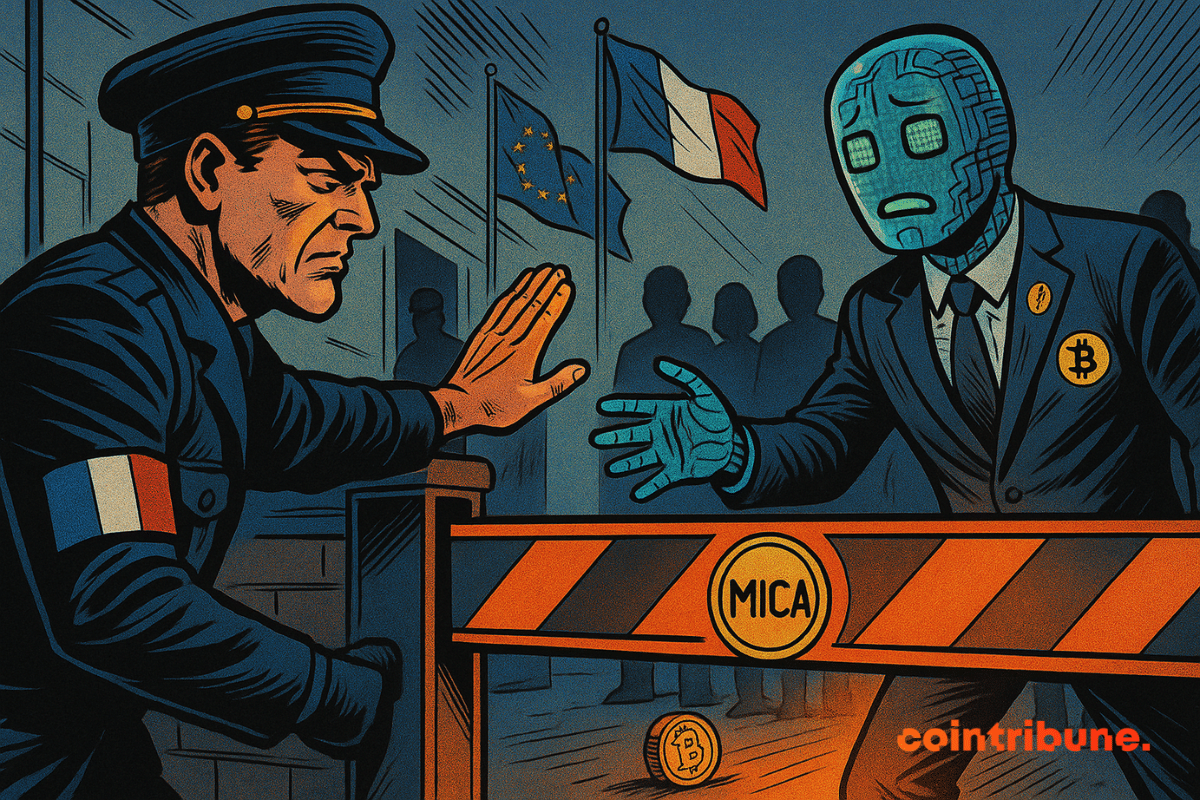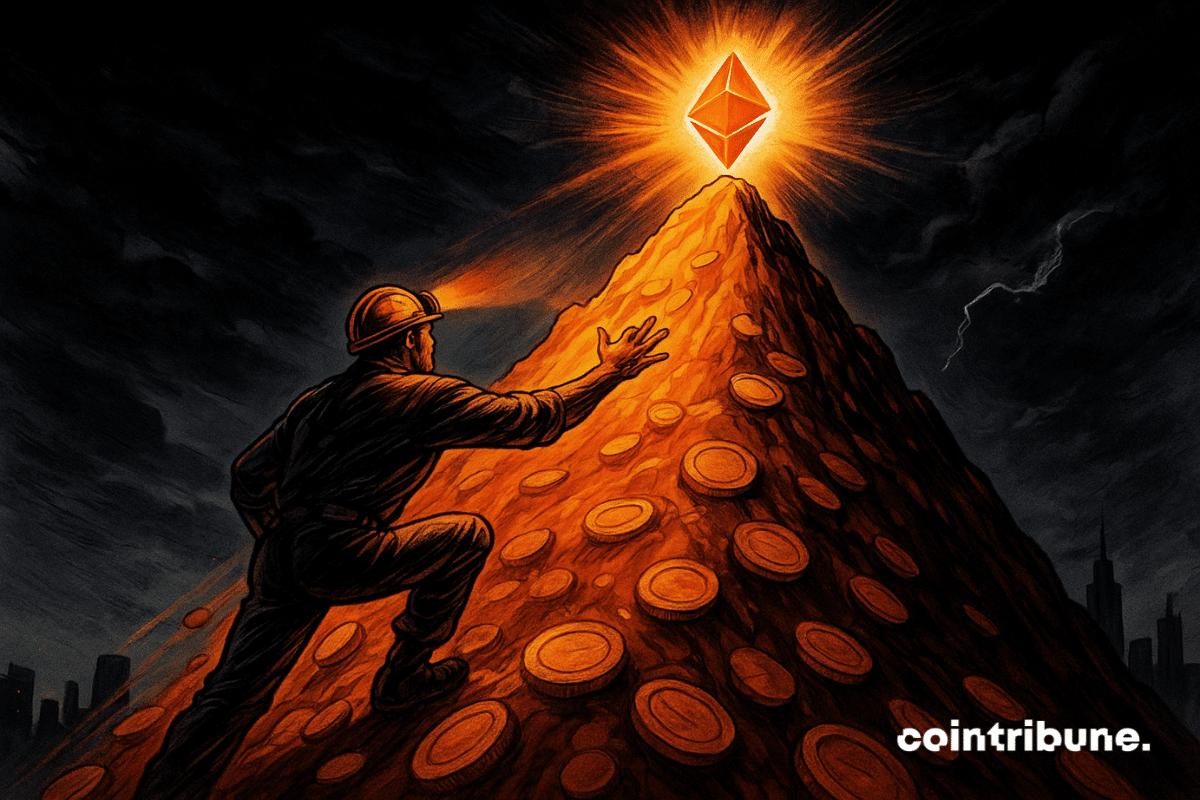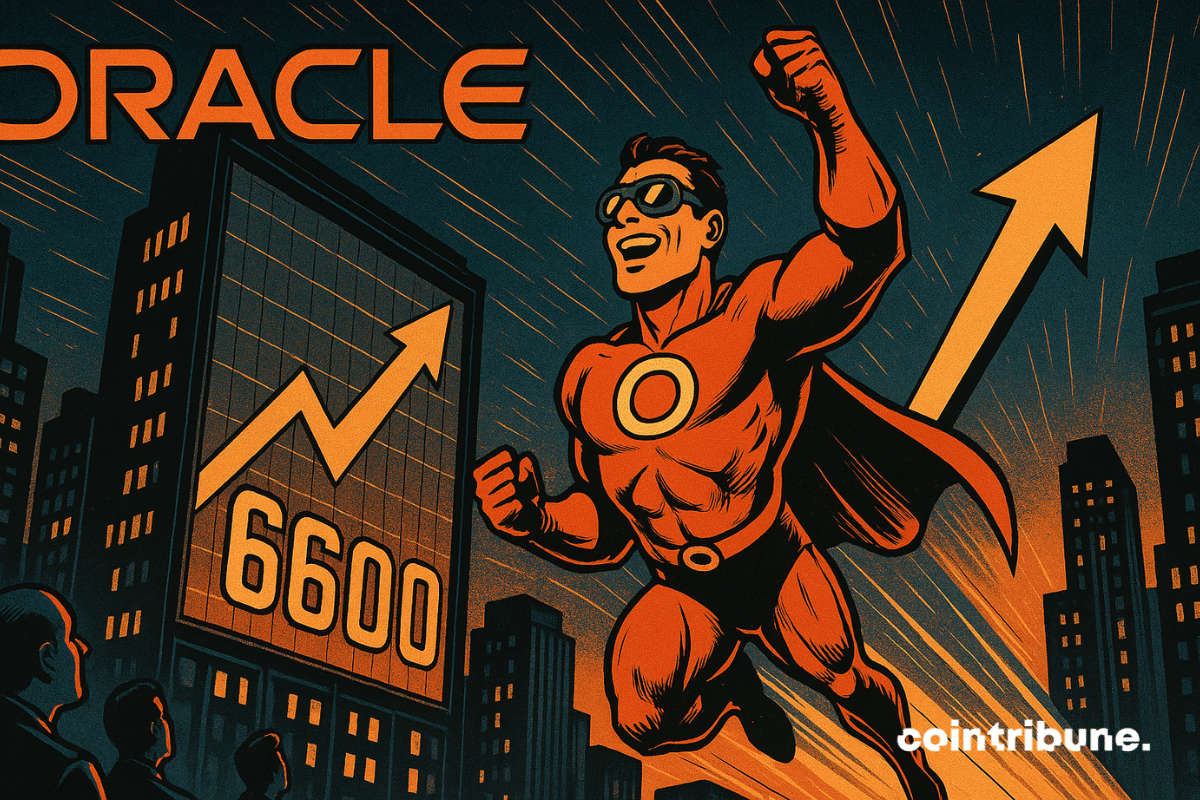Solana and XRP arrive in the regulated court of the CME. Altcoins take the microphone… but who will really make institutional markets buzz?
Trading Exchange RSS
On CNBC, Eric Trump stated that Bitcoin has "taken the role of gold in today’s world," elevating crypto to the status of a strategic safe haven asset. This media appearance coincides with the launch of American Bitcoin, a mining and BTC holding company he is close to. Far from a mere announcement, this statement fits within a dynamic where publicly traded companies are beginning to integrate bitcoin at the heart of their reserve strategy.
Powell cuts timidly, Trump shouts louder than ever, and crypto cheers. In Washington, the FED lowers its arms, while Bitcoin and stablecoins revise their choreography.
The technological battle between Beijing and Washington reaches a new level. According to the Financial Times, China has ordered its digital giants, including Alibaba and ByteDance, to immediately suspend their purchases and tests of Nvidia's latest artificial intelligence chips, the RTX Pro 6000 D. This decision illustrates the rising tensions around semiconductors, now at the heart of the geopolitical and economic rivalry between the two superpowers.
The internationalization of the Chinese currency is no longer a fantasy. The growth of international payments in yuan is skyrocketing. Bitcoin is lurking.
Ethereum network stakers are facing record-long exit times, with about 2.5 million ETH ($11.25 billion) pending withdrawal from the validator set, according to dashboard reports. Given this backlog of unsettled transactions, the waiting time for withdrawal has stretched to more than 46 days—the longest in the network's history. For comparison, the last big peak in wait time, which occurred in August, only had an 18-day wait.
Usually September bleeds, this time bitcoin smiles: +8%. But behind the miracle, the Fed pulls the strings and the crypto ecosystem holds its breath.
Metaplanet changes dimension. The former Japanese real estate player, now a pioneer in bitcoin treasury, is now affirmed as a model of institutional adoption. With the simultaneous opening of two subsidiaries in Miami and Tokyo, the company no longer just stores the rare asset: it builds a real income infrastructure around bitcoin.
House Republicans want to make a big move: combine the ban on a digital dollar with a crypto law already supported by some Democrats. A risky strategy that reveals both the urgency to define a regulatory framework and the ideological divides in the U.S. Congress.
American Express is letting travellers collect NFT passport stamps to capture trips digitally and personalise memories securely.
Pump.fun handled over 1 billion in daily trading volume, setting a new milestone for the platform. Meanwhile, the wider memecoin market experienced a broad rally, with trading activity and market capitalisation surging.
With the U.S. Federal Reserve set to deliberate on a possible rate cut, appetite for risk assets is building. In fact, investors have poured over $600 million into crypto-focused exchange-traded funds (ETFs) in the past seven days. Capital rotation in Ethereum ETFs has also resumed, following periods of exits.
Washington dreams of a digital safe: one million bitcoins in the national reserve. But between orange ties, Republican promises, and empty coffers, the crypto political saga unfolds with suspense.
Less than a year after a record $4.3 billion settlement with the US Department of Justice, Binance seeks to turn the page. The platform, a pillar of the global crypto ecosystem, is negotiating the lifting of the monitoring imposed by the authorities under the agreement. This move raises questions about the evolution of the balance of power between regulators and major players in the sector.
Bitcoin and Ethereum are no longer the only ones capturing the attention of large institutional investors. Solana is now positioning itself as a new leading player among this elite. According to the latest data published by the Strategic Solana Reserve, corporate treasuries now hold more than 17 million SOL tokens, a value exceeding 4 billion dollars.
The most underestimated risk of bitcoin may no longer be its volatility, but its gradual disappearance from the market. A new report from Fidelity Digital Assets warns of an increasingly marked dynamic: a growing share of the BTC stock is accumulating in inactive or institutional wallets, permanently escaping liquidity. By 2032, this concentration could reach a historic threshold, redefining the available supply and market balances.
Banks are screaming disaster, Coinbase responds with numbers: stablecoins do not swallow deposits, but happily crunch the $187 billion in banking fees.
What if your software soon handled your payments without you? Google takes a step closer to this reality by launching an unprecedented protocol: its intelligent agents can now exchange money between themselves via bank cards and dollar-backed stablecoins. This project, supported by Coinbase and other companies, paves the way for an automated economy where AIs no longer just assist you... but act on your behalf.
Nakamoto Holdings becomes the symbol of a fatigue in the Bitcoin treasuries model. Discover all the details here!
The U.S. Securities and Exchange Commission is reviewing a groundbreaking proposal that could reshape how the crypto industry prepares for quantum computing threats. The SEC is reviewing a groundbreaking proposal aimed at preparing Bitcoin and the wider crypto ecosystem for the looming threat of quantum computing, signaling that regulators are taking quantum risks seriously as experts warn "Q-Day" could arrive as early as 2028.
Fitch has downgraded France's sovereign rating from AA- to A+, mainly due to governmental instability and difficulties in reducing the public deficit. This situation reveals the failure of the French government, but also massive interventions by the European Central Bank (ECB).
Tokenized real estate takes on a new dimension with RealT, an innovative platform that disrupts traditional rental investment codes. By fractionating American real estate properties into digital tokens on blockchain, this company based in Florida and Delaware opens the doors of international real estate to all investors, regardless of their financial capacity.
Coinbase-backed layer-2 network Base could soon roll out a native token, according to the latest revelations by network creator Jesse Pollak. This development signals a shift in gear after the protocol initially stated that it had no intentions of launching a native token a few years back.
Standard Chartered sounds the alarm: crypto treasury companies, built around the accumulation of Bitcoin, Ethereum, and Solana, face a major crisis. The collapse of the mNAV weakens their business models and signals a consolidation phase where only the strongest players will be able to continue growing.
U.S. spot Bitcoin exchange-traded funds (ETFs) are flying high at the moment, pulling in investments totaling $2.3 billion over the past week. Following a five-day inflow streak from September 8 to September 12, BTC investment vehicles recorded their best weekly outing in the past three months.
Gemini is moving toward a settlement with the SEC over its years-long Earn case, marking progress in a key dispute while also celebrating its $425M Nasdaq debut.
France threatens to block the MiCA passport for certain crypto companies deemed too lenient. Towards stricter regulation in Europe?
BitMine Immersion, chaired by Tom Lee, has solidified its position as the largest Ethereum treasury holder after its latest accumulation. The firm disclosed on Monday that its combined crypto and cash holdings now stand at $10.8 billion. The company’s aggressive acquisition strategy has pushed its Ethereum balance above 2.15 million ETH, highlighting its determination to dominate long-term blockchain investments.
The US markets celebrated Monday the confirmation of a preliminary agreement between Washington and Beijing regarding the future of TikTok. Oracle, the favorite to acquire the Chinese platform, jumped more than 3% while the S&P 500 crossed the symbolic threshold of 6600 points for the first time.
PayPal plays the magician: a simple link, and hop, your cryptos fly by SMS. But behind the sparkling innovation, who really holds the strings of your digital payments?
